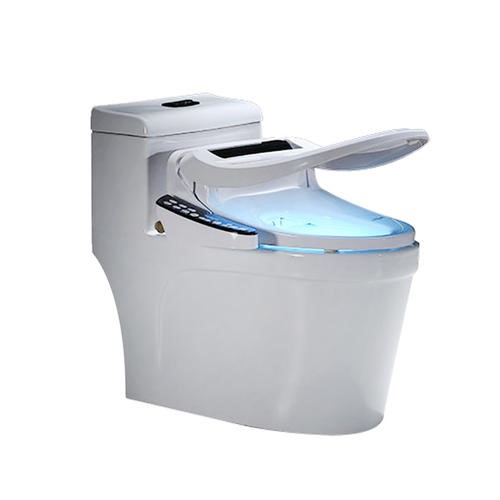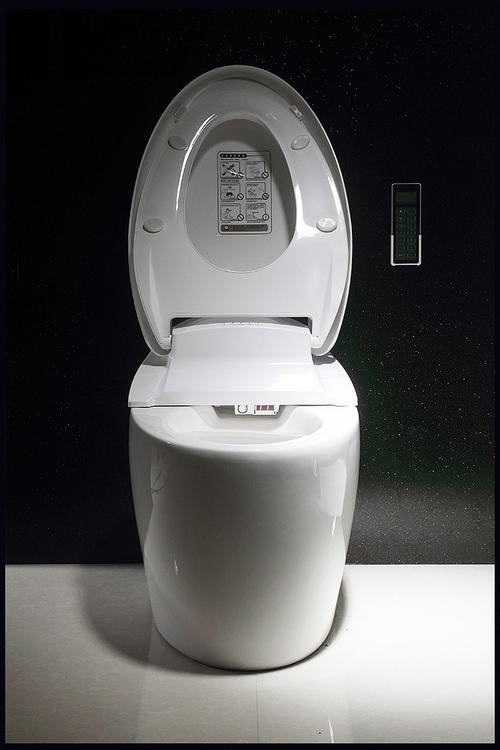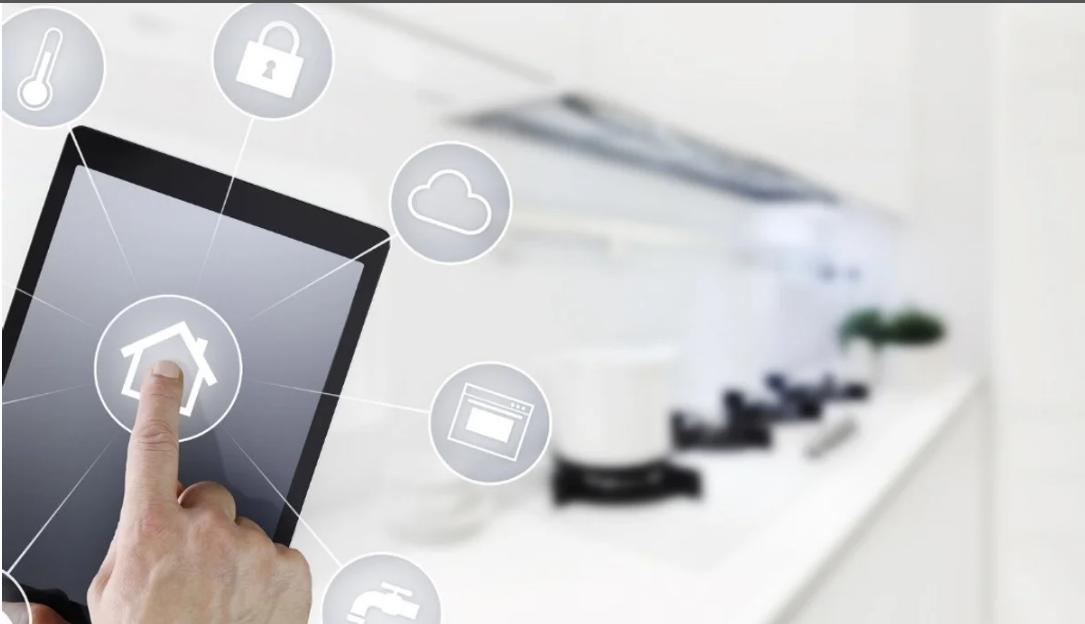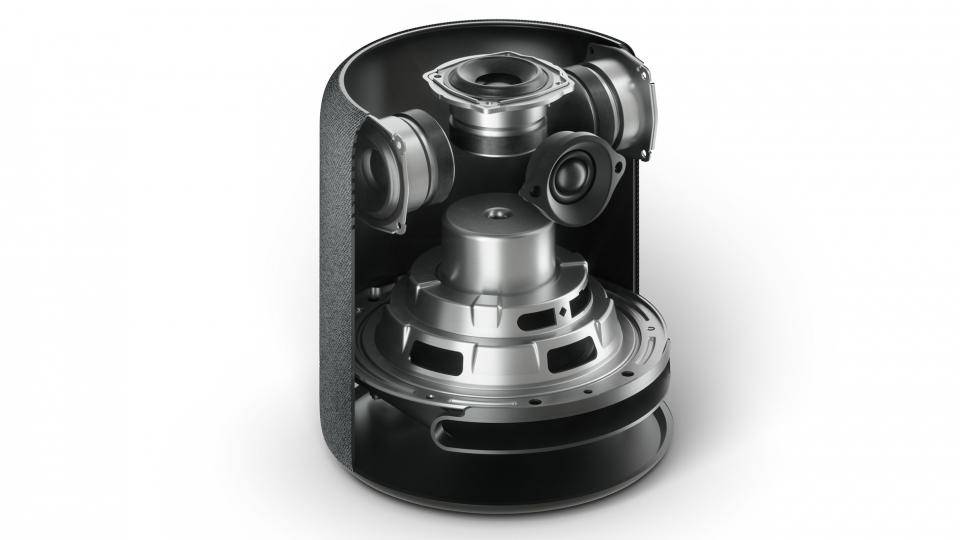With the progress of science and technology, people's life is becoming more and more modern. All kinds of smart home come into life. Among them, the intelligent toilet is favorable. It has convenience and sanitation. Heating is one of its features. Here's how the smart toilet heats up.
Intelligent toilet has 3 kinds of heating means. Store hot type heating, instant hot type heating, quick hot type heating. These three approaches have their own advantages and limitations.

Heat storage heating mode is the most mainstream and most used heating mode. Preheat the water and store it in tanks. After rinsing once, the hot water runs out. Maybe you want to clean it again. You need to wait awhile before you can use it again. The smart toilet is a heating device. It delivers water to the water tank. Users can set the water temperature by themselves. They can use it again after reaching the standard. It can store hot water for long or temporary periods. It can control the temperature of the water.
Instant hot type heating is a promising heating method. It does not need a water tank. It uses a high-power heater to heat the running water. The instant heat reduces the risk of bacterial growth. In addition, it provides hot water sustainably. It offers users unlimited flushing time.
There is still some controversy about the quick-heating method. The quick-heat smart toilet comes with a tank. Yet the tank is small. The smart toilet doesn't heat instantly. It stores a small amount of hot water in its tank. During the preheating phase of the heater, the smart toilet provides hot water for unlimited flushing.

The three smart toilets heat differently. They have different strengths and weaknesses. There is the biggest advantage for stores heat type intelligence toilets. The hot water inside unit time gives out quantity of water greatly. Temperature is even. And it is safe. It has a small heating power of 300 ~ 500W. This power on the circuit requirements is lower, more secure. There's a downside to a hot toilet. It has a limited amount of hot water. It leads to a limited flush time. The water in the tank is repeatedly heated. It is not energy saving. It is easy to breed bacteria. Smart toilets have advantages. They can provide continuous hot water and have unlimited flushing time. In addition, this intelligent toilet is more energy-saving. It also has disadvantages. In order to achieve instantaneous heating effect, its instantaneous electrical load is large. It requires high requirements on the circuit. The power of quick hot intelligent toilet is lower than that of instant hot toilet. The requirement of circuit is correspondingly reduced. Quick-heat smart toilets still need a tank. There's a risk of bacteria. At the same time, its control method is more complex.
Above is the heating principle, advantage and disadvantage of 3 kinds of intelligence toilets. Hope every consumer will choose a product according to need. Hope the development of intelligent toilet is perfect with each passing day.









